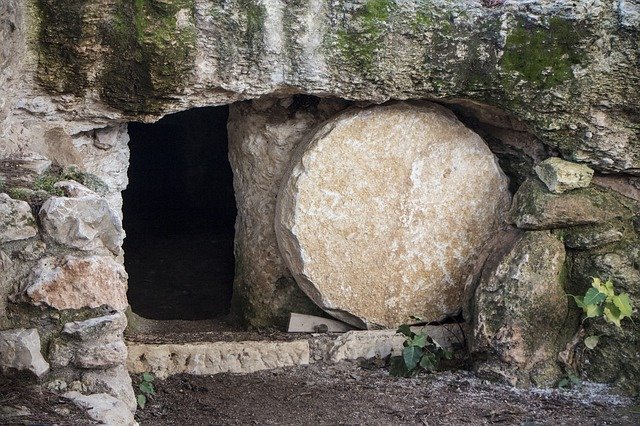 While most of us are familiar with the Christian story, many of us have never reflected on the profound truth of the empty tomb.
While most of us are familiar with the Christian story, many of us have never reflected on the profound truth of the empty tomb.
The Christmas story is most familiar. The Easter story is as well. The images of Christianity are familiar thanks to generations of artists who gave us their interpretations of the events of the Bible.
Eventually, all these images blend together to become ingrained into our collective understanding of the themes that have defined Christianity.
Every Christmas, we are exposed to illustrations on Christmas cards, wrapping paper, books, magazines, and internet articles. We see the manger, the animals, the three wise men, and the image of the baby Jesus in His makeshift cradle.
At Easter, we are treated to images of a suffering Jesus on the cross. We may see depictions of Jesus struggling to carry His own cross to his execution, or an illustration of women who discovered the empty tomb. Throughout a lifetime we may see countless variations of these images.
While we may focus on these images at those appropriate moments, the very fact that we find them so familiar diminishes their ultimate impact. One such image is that of the empty tomb.
While the resurrection is the ultimate lesson of the Easter story, the image of the empty tomb is overlooked in the telling. It is more than just a glimpse in a series of critical moments. It is a powerful symbol of the ultimate message of Christianity.
If we step back a bit and reflect on the totality of Jesus’ ministry, we would recognize that the ultimate message is that human life does not end with physical death, and nothing illustrates that concept more profoundly than that image of the empty tomb.
